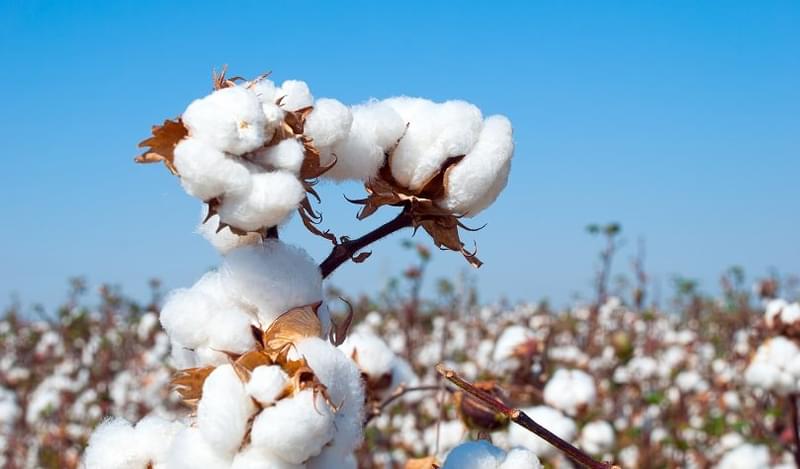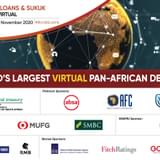Q. The cotton and textiles industry plays an important role in Nigeria’s economy, but the industry seems to have struggled in recent years. How is WACOT looking to combat some of the sector’s challenges?
A. Nigeria used to be a significant cotton producer, with an annual output of around 350,000 tons of cotton 20 years ago, up to 50,000 tons per year today, so volumes have reduced drastically in recent years. Most of the cotton ginning and textiles industry has become more marginal, and many of those within the textiles business are taking substantial losses on their books. A few of the major reasons for this is that as the price of cotton declined internationally, particularly throughout the mid-1990s through to the late 2000s, there was little government support for the industry by way of subsidies to farmers. As a result, farmers were incentivised to switch into other high-yield crops like soy and corn, which were produced in the same parts of the country. At the same time, the government, which used to provide export expansion grants until 2013 for a range of sectors including cotton and textiles, had ceased doing so because it saw the export sectors as largely self-sufficient. These grants used to subsidize up to 15% of the cost of producing ginned cotton and 20% for textiles, but they were not replaced – which hit companies in the sector quite hard.
What are we doing to support the sector’s rebirth? We have an agreement with the government for the Cotton Revival Strategy, under which we are providing up to 20,000 farmers with cotton seeds for further production, and two cotton mills where we produce and manufacture cotton. We are working quite closely with the government and the country’s farmers to ensure we can once again make this sector competitive in Nigeria, and within three to four years we should start seeing the fruits of our labour in terms of increased yield and areas planted. The price of cotton has started to increase, which should also provide extra incentive to boost cotton production.
Q. One of WACOT’s primary objectives is to reduce Nigeria’s dependence on imported rice, going beyond its heritage of focusing on the cotton and textiles segments. How is the company working to achieve this?
A. Nigeria’s climate is very favourable to domestic rice production, and it is a staple food for Nigeria, but the vast majority of rice used to be imported into the country. As oil prices declined, coupled with a scarcity of US dollars in the country, regulators needed to find a way to bolster domestic food production. That was one of the drivers for the government placing rice among the 41 items that importers were forbidden from bringing into Nigeria in 2014. Following that, we formed an agreement with the government to help facilitate domestic production of rice, which included setting up a processing plant in the north of the country. Since then, we have been participating with an outgrow initiative – which includes providing agricultural inputs, seeds and fertilizer to farmers, as well as provide farmers with technical assistance and yield management techniques. The results have been quite successful so far: we have seen yields rise from 2.5 tons per hectare to around 7.5 tons per hectare. We also recently commissioned a rice mill in Kebbi State, which will help us to increase rice milling capacity in Nigeria to 500,000 metric tonnes per annum in the next few years, and bolster the presence of domestically produced rice in the market.
 Q. What are some of the company’s major strategic priorities over the next year? Both in a broad corporate sense and in terms of the funding team’s primary objectives?
Q. What are some of the company’s major strategic priorities over the next year? Both in a broad corporate sense and in terms of the funding team’s primary objectives?
A. We want to continue along the same guiding principles upon which we were founded, which is that we want to continue to play a role in the entire value chain for the products we are engaged with. We want to see balanced growth in trading and production, and do so in a manner that is sustainable, ethical, and scalable. From farm to table is where we want to be.
More recently, we have begun investing in soy capacity, and we are looking at investing in a new soy processing plant just outside of Lagos. It’s going to be the largest soy processing plant in West Africa, producing up to 175,000 tons of crushed soya bean per annum, and will be operational by the second quarter of 2018.
Most of our funding is raised from development finance institutions in Nigeria, and is less of a challenge for us at present. Nevertheless, as we have diversified into 12 countries in Africa, we are constantly working on our capacity to raise funds through regional and international lenders, and investors. It is important for us to leverage our financial position in Nigeria to ensure we can raise new capital from new sources at competitive prices. We have been in discussions with various financial institutions through our trading office in Dubai, where we are looking at generating the medium and long-term financing that will then be re-invested into our operations across Africa. We also manage all of our currency exposures through our Dubai-based trading office.
Q. Currency – foreign currency in particular – is clearly a challenge in Nigeria, and you also mentioned imports. How have some of the Nigerian economy’s recent challenges and a prohibition on certain imports influenced the company’s funding and imports strategy?
A. It has been quite a challenge, to be frank, but we have also been able to convert some of these challenges into opportunities – which is why we have become more profitable over the last two years. We have been very careful to manage risk in such a way that ensures we can use the arbitrage to our advantage. Currency exposure has been a critical factor over the past two years, but it has worked to our advantage – by strategically engaging in swaps, FX arrangements, and trade lines of credit.
In a broader sense, the FX constraints across the industry have created a level playing field for all companies, which makes it easier for smaller firms to compete with some of the larger, more established players. This is particularly the case for importers. The rules, counterintuitively perhaps, allow mid-sized organisations to make huge leaps in terms of market share. That’s exactly what we are trying to do, and how we have converted some of these challenges into opportunities.









